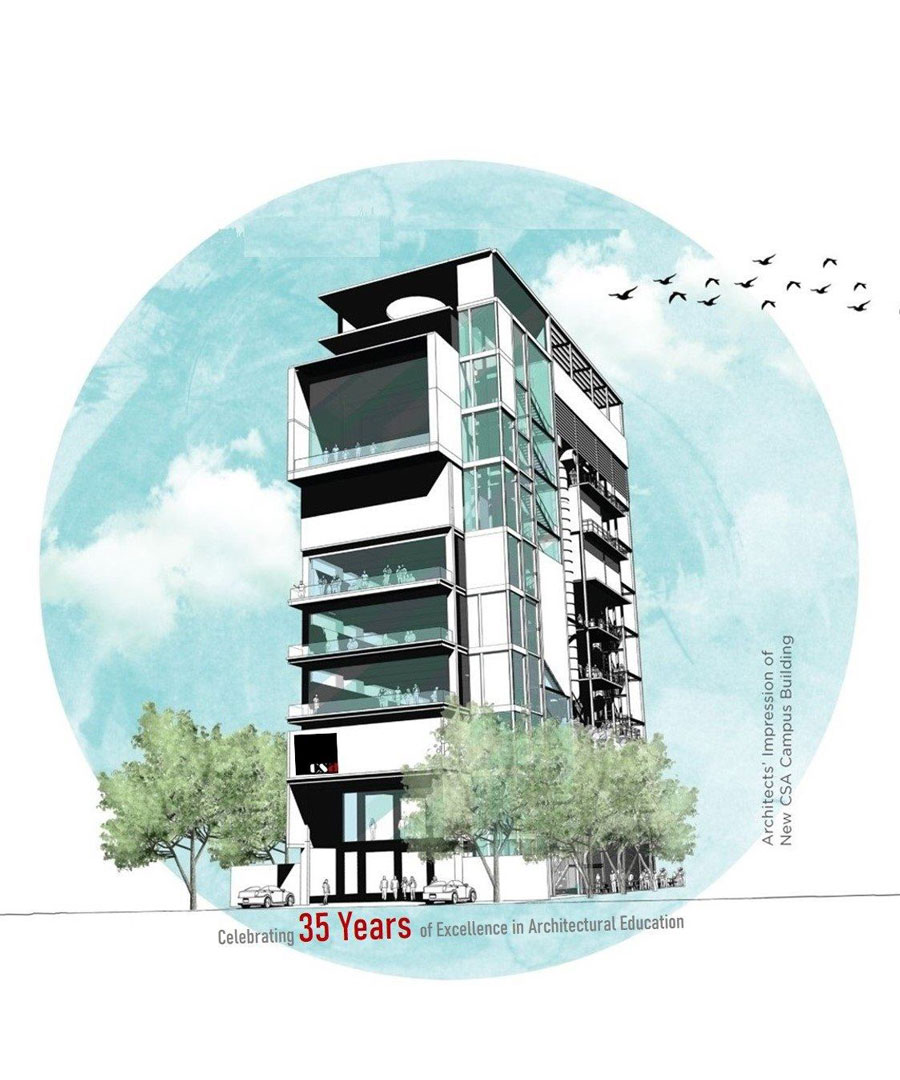Working with students from the City School of Architecture in Sri Lanka topped off their architecture studies in a way University of Queensland students Melissa Jin and Caitlin Masters had never imagined when they began their degrees.
Through the New Colombo Plan, Melissa, Caitlin and 14 fellow students toured Sri Lanka for two weeks visiting culturally significant buildings and exploring design ideas and practices to support the social and cultural needs of low-income Sri Lankan communities.
The University of Queensland students were hosted by their partner university, the City School of Architecture (CSA) in Colombo, and the students from both institutions worked closely together.
Before the trip, the Australian students had little knowledge of the complex Sri Lankan culture. Visits to sites of contemporary and traditional architecture in a complex landscape very different from Australia reinforced the importance of taking cultural heritage and ethnic diversity into account. And learning about the country’s diversity of social groups, languages and, of course, architecture proved very relevant to their study.
“We talked with people from the community to get an understanding of their daily routines, their level of satisfaction living in the area, and whether the built environment around them was conducive to good community life. It was a huge project to complete in such a short time. I had never conducted field research before and I learnt so much from working with CSA students and teachers, as well as from the local community,” Melissa says.
“Working with the Sri Lankan students gave me a sense of empathy for the research group and also equipped me with a diverse set of skills to help communicate complex housing strategies,” Caitlin says.
The research culminated in a presentation to the university and industry members.
Caitlin encourages future NCP students to be actively involved in planning their visits and seeking contacts and potential networks before departure to make the most of the opportunity. One day she would like to see the NCP expanded to bring students from the Asia Pacific to Australia to reinforce and strengthen networking connections.
“I think this would enable our institutions to gain greater recognition and awareness on the global stage,” she says. “Maybe this would lead to greater international student admissions from the Asia Pacific region. Increasing cross-pollination between students from other countries is a great way to enhance knowledge sharing and access to a large range of learning resources,” says Caitlin.
Melissa says one of her fond memories is the time the group ate together at a fine restaurant. “Sri Lanka is home to some amazing curries, and the best way to eat is with your hands, like the locals do. By the end of the meal, despite having food all over our faces, we clearly demonstrated our willingness to be open to new experiences—although the CSA students showed us that we had a long way to go before mastering the art of eating curry with your hands!”
Melissa says she will miss Colombo’s beautiful sunsets, “…where the city is bathed in an orange-pink dreamlike glow. The tropical weather was pleasant and I now understand why the Sri Lankan climate and the beautiful courtyard houses are so complementary.
“Travelling to Sri Lanka made me realise that there are many interesting treasures in the Asia Pacific region—you just need to go and experience it.”



